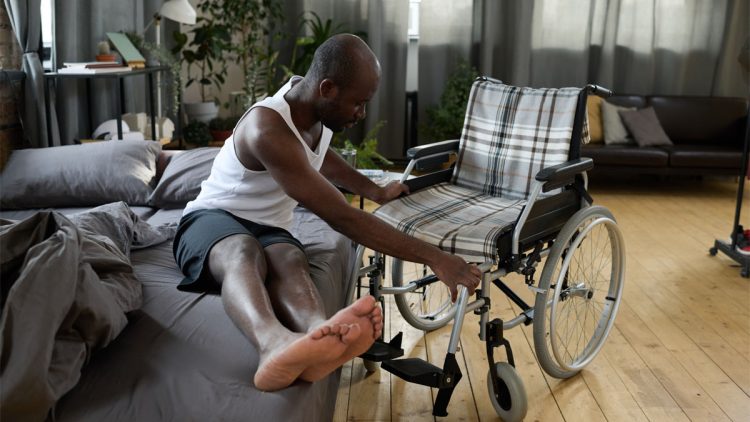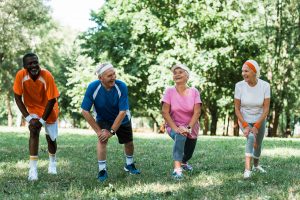What Is Muscular Dystrophy (MD)?
Muscular dystrophy (MD) is a grouping of more than thirty genetic diseases. They are the cause of muscle weakness. After a while, this weakness worsens and can cause difficulty walking and doing day-to-day undertakings. Some kinds of MD can also impact other organs.
What are the kinds of muscular dystrophy (MD)?
There are many various kinds of MD. Some of the more common kinds include:
- Duchenne MD, which is the most common childhood kind. It is severe and impacts boys more often than girls. The symptoms typically begin between three and six years of age.
- Facioscapulohumeral MD, which often starts in the teenage years. In the beginning, it impacts the muscles of a face, shoulders, and upper arms.
- Becker MD, which is like Duchenne but is less severe and worsens more slowly. It often begins in the teen years.
- Congenital MD, which are present at birth or prior to 2 years of age. They can be severe or mild.
Each of the kinds of MD can be varied in a lot of ways, like:
- Who is more seemingly to get them
- What muscles they impact
- What the symptoms are
- When they emerge, like in babyhood, childhood, middle age, or later
- How severe the symptoms are
- If they run in families
- How fast they get worse
- If they impact other organs
Even within the same kind of MD, individuals can have dissimilar symptoms.
What is the cause of muscular dystrophy (MD)?
Muscular dystrophy is genetic, implying that it is caused by changes in one or more genes. These changes are also known as gene variants or deviation. The gene changes in MD impact proteins that reinforce and safeguard muscles.
There are various gene changes that are the cause of each kind of MD. And sometimes people that have the same kind of MD can have various gene changes.
MD could run in families, or you could be the first in your family to get it.
Diagnosing muscular dystrophy
To discover if you or your child has muscular dystrophy, your doctor may use:
- A medical and family history
- A physical examination
- Blood and urine tests, comprising of genetic tests and tests for specific enzymes that might be released by impaired muscles
- Muscle biopsies
- Nerve conduction and Electromyography studies to discover if muscles are responding the correct way to nerve signals
- Heart testing, like an electrocardiogram (EKG), due to some kinds of MD causing heart issues
- Exercise tests for assessing muscle strength and breathing and discover any increased rates of specific chemicals after exercise
- Image testing like an MRI to assess muscle quality and bulk and assess fatty replacement of muscle tissues
What are the treatments for MD?
Muscular dystrophy has no cure. Treatment can assist with the symptoms and prevent hindrances. It typically includes a mixture of therapies, like:
- Physical therapy to aid in keeping muscles strong and flexible
- Occupational therapy to re-learn lost motor skills and learn ways to work around impaired muscles
- Respiratory care, like breathing exercises, ventilators, and oxygen therapies
- Speech therapy to aid with speech and swallowing issues
- Assistive devices, like wheelchairs, splints and braces, scooters and walkers
- Medicines to aid in delaying damage to muscles or decrease the symptoms of MD
- Surgery for treating some of the conditions related to MD, like heart issues, scoliosis, and cataracts
Chaparral Winds Offers The Finest Retirement Living In Surprise, Arizona
Chaparral Winds is a retirement facility in Surprise, Arizona offering assisted living, independent living, and memory care services. For more information about our senior living facility, SLS Communities or to schedule a tour, please call us today at 623-343-4125.












